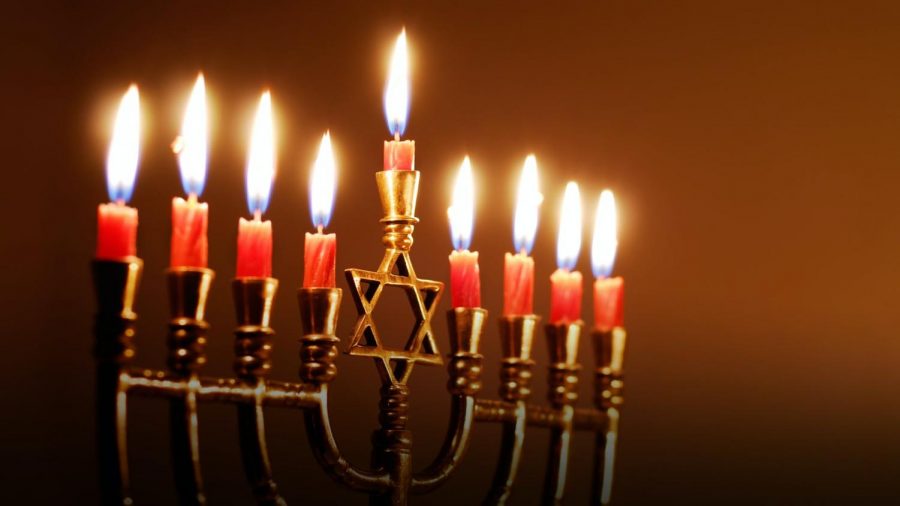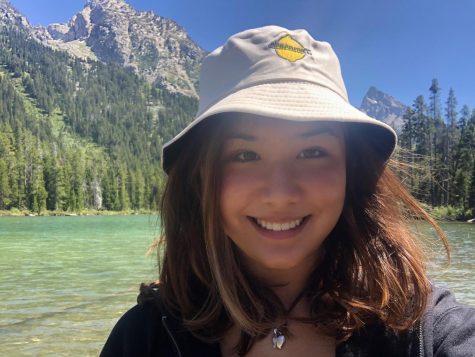Hanukkah Traditions
December 18, 2020
Hanukkah is the Jewish celebration that honors the rededication of the Temple of Jerusalem after it had been taken and vandalized by the Greeks. In fact, Hanukkah is the Hebrew word for rededication. It also commemorates how once back in the temple, lamp oil that was meant to last only one day, lasted for eight.
The holiday has been celebrated by people of Jewish faith for over 2,000 years. It changes dates every year because it is celebrated on the 25th of Kislev, a month on the Hebrew calendar. Some people consider it to be a representation of triumph over oppression, while others see it as simply a time to celebrate with family and friends during the holidays.
The soldiers only had enough oil to light the menorah for a single night, but as stated before, the story goes that the little bit of oil lasted for eight full nights. A common way of celebrating Hanukkah with family and friends is by lighting eight candles on a menorah in the representation of the 8 days the Jewish soldiers lit up their menorah with the oil they had.
Menorahs today come in many shapes and sizes, but each of the candle holders, excluding the shamash, is always at the same height. They can also be made out of many different materials such as clay or metal. Each menorah will have nine branches, eight for each day the oil lasted, and a ninth called the shamash which means servant in Hebrew.
The shamash is lit first every night, and a candle is added each night from right to left as they go through the eight days. The candles are then lit from left to right using the shamash. As the candles are lit, prayers are said in Hebrew as the shamash is used to light the other candles, and often traditional songs are sung following the blessings.
The candles are lit after sunset, and are then left to burn, often being placed in the window of one’s home in order to demonstrate the miracle of Hanukkah. Then as the candles burn, festivities begin.
Menorahs have always been used as a symbol of Judaism, however people might also play dreidel games and eat Jewish foods like latkes. Latkes are basically fried potato pancakes, and it is actually the Yiddish word for pancake. It is fried in oil, commemorating the soldiers’ long-burning oil.
Dreidel is typically played once the feasting is over. A dreidel is a spinning top that has a different hebrew letter on each of its four sides. One may use gelt that they get on Hanukkah nights for the betting pot while playing dreidel. Gelt can be chocolate coins wrapped in foil or real coins.
Gift giving is of course also an important part of Hanukkah, and something that families look forward to. Not everyone gives gifts each day of Hanukkah, but many presents small and large are handed out as the candles burn out.
Jewish people are not expected to observe Hanukkah outside of their own homes, but many will go to their normal Shabbat services throughout the eight days. Sometimes extra readings or prayers will be added to the normal Shabbat services. This year, these services will likely be online as many Synagogues around the country are still closed.


